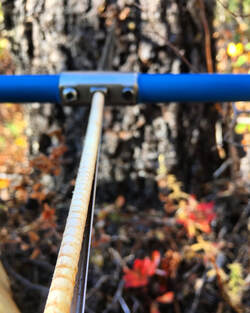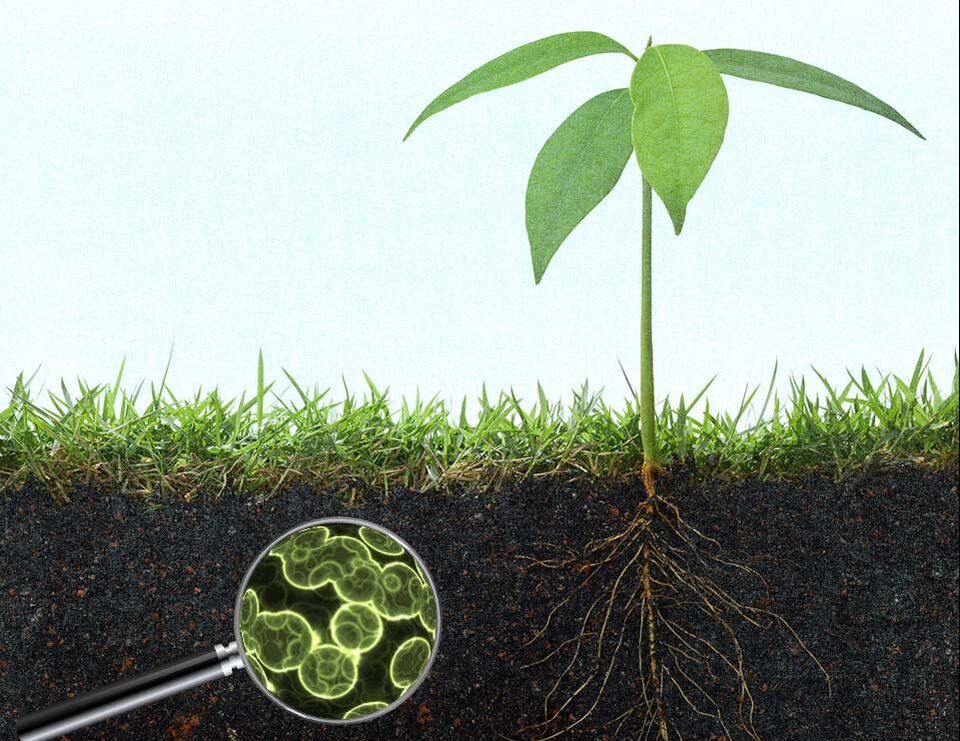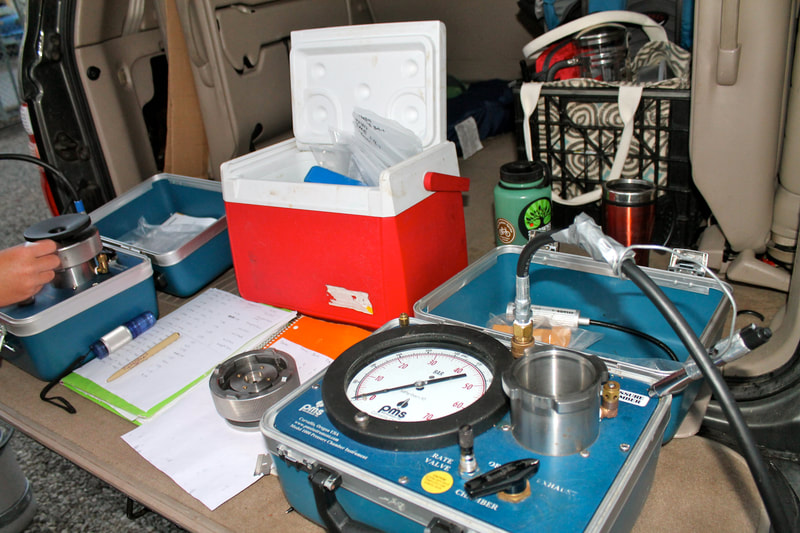We seek to understand, predict, and mitigate how plants respond to and interact with their environments using interdisciplinary approaches and tools at multiple temporal and spatial scales.
Current Research
Paper published in Forest Ecology & Management, 2023
Short video on our research! (created by MS student Sean Hoy-Skubik)
|
What environmental and physiological factors determine tree species' distributions under future climate change? We address this question by examining the intraspecific variation in physiological resistances and responses to environmental stress (heat, drought) of whitebark pine (Pinus albicaulis), limber pine (Pinus flexilis), and Great Basin bristlecone pine (Pinus longaeva) seedlings. Both high elevation five-needle pines are keystone species, yet are declining due to a suite of factors (climate change, white pine blister rust, mountain pine beetle, historical fire suppression, competition), providing the motivation and opportunity to investigate this outstanding and fundamental question in ecology.
|
|
























